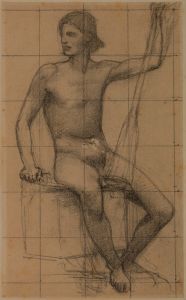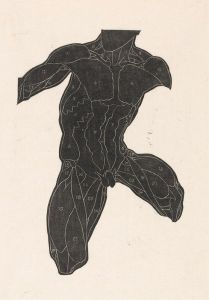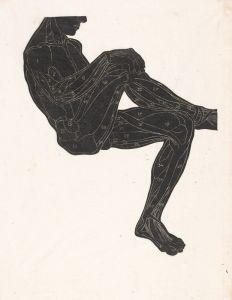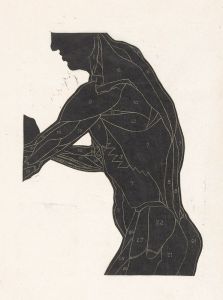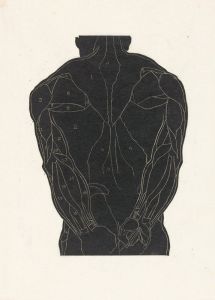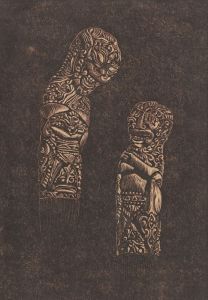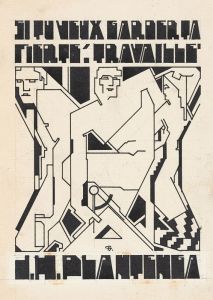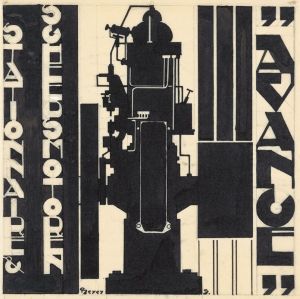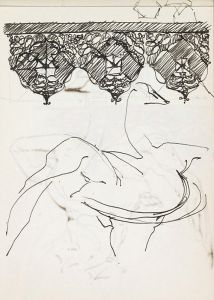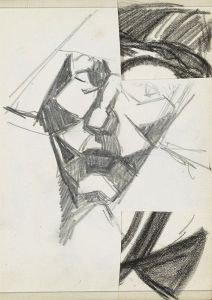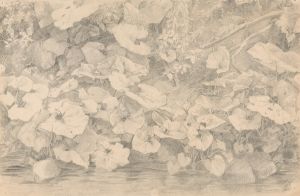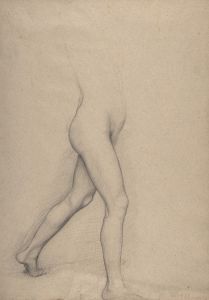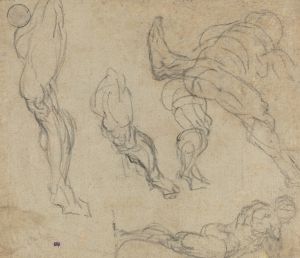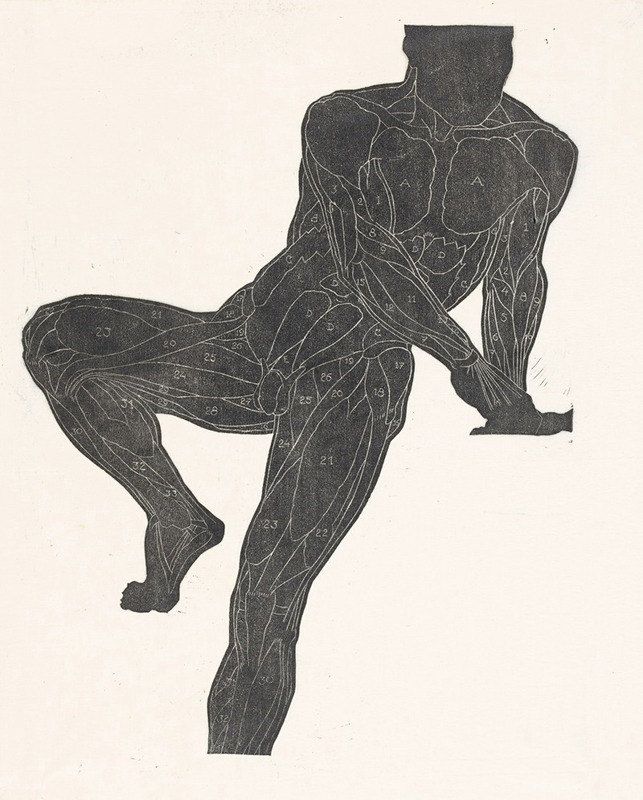
Anatomische studie van de borst-, buik- en beenspieren van een man in silhouet
A hand-painted replica of Reijer Stolk’s masterpiece Anatomische studie van de borst-, buik- en beenspieren van een man in silhouet, meticulously crafted by professional artists to capture the true essence of the original. Each piece is created with museum-quality canvas and rare mineral pigments, carefully painted by experienced artists with delicate brushstrokes and rich, layered colors to perfectly recreate the texture of the original artwork. Unlike machine-printed reproductions, this hand-painted version brings the painting to life, infused with the artist’s emotions and skill in every stroke. Whether for personal collection or home decoration, it instantly elevates the artistic atmosphere of any space.
Reijer Stolk was a Dutch artist known for his contributions to graphic art and design in the early 20th century. One of his notable works is "Anatomische studie van de borst-, buik- en beenspieren van een man in silhouet," which translates to "Anatomical Study of the Chest, Abdominal, and Leg Muscles of a Man in Silhouette." This piece is a testament to Stolk's interest in the human form and his ability to blend artistic expression with scientific observation.
Stolk was born in 1896 in the Netherlands and became a prominent figure in the Dutch art scene. He was particularly active during the interwar period, a time when many artists were exploring new forms and techniques. Stolk's work often reflected a keen interest in the structure and mechanics of the human body, which was a common theme among artists influenced by the scientific advancements of the time.
"Anatomische studie van de borst-, buik- en beenspieren van een man in silhouet" is an example of Stolk's exploration of anatomy through art. The piece is characterized by its detailed depiction of the human musculature, presented in silhouette form. This approach not only highlights the intricate details of the muscles but also emphasizes the overall form and posture of the human figure. The use of silhouette in anatomical studies was a technique that allowed artists to focus on the outline and structure of the body without the distraction of color and shading, thus providing a clear and educational view of human anatomy.
Stolk's work was influenced by the broader movements in art and science during his time. The early 20th century was a period of significant change and innovation, with developments in fields such as medicine and biology influencing artists who sought to understand and depict the human body more accurately. This intersection of art and science is evident in Stolk's anatomical studies, which combine artistic skill with a scientific approach to understanding human anatomy.
Throughout his career, Stolk was associated with various artistic groups and movements. He was part of the Dutch art collective known as De Ploeg, which was founded in 1918. This group was known for its avant-garde approach and its members' interest in modernizing Dutch art. While Stolk's work often focused on graphic art and design, his anatomical studies demonstrate his versatility and his ability to engage with different artistic disciplines.
Stolk's contributions to art and design were recognized during his lifetime, and his works continue to be studied and appreciated for their artistic and educational value. "Anatomische studie van de borst-, buik- en beenspieren van een man in silhouet" remains a significant piece within his oeuvre, reflecting his dedication to exploring the human form and his skill in rendering complex anatomical details with clarity and precision.
Reijer Stolk passed away in 1945, but his legacy lives on through his artworks, which continue to inspire and educate those interested in the intersection of art and anatomy. His anatomical studies, in particular, serve as a reminder of the enduring fascination with the human body and the ways in which art can contribute to our understanding of its complexities.





